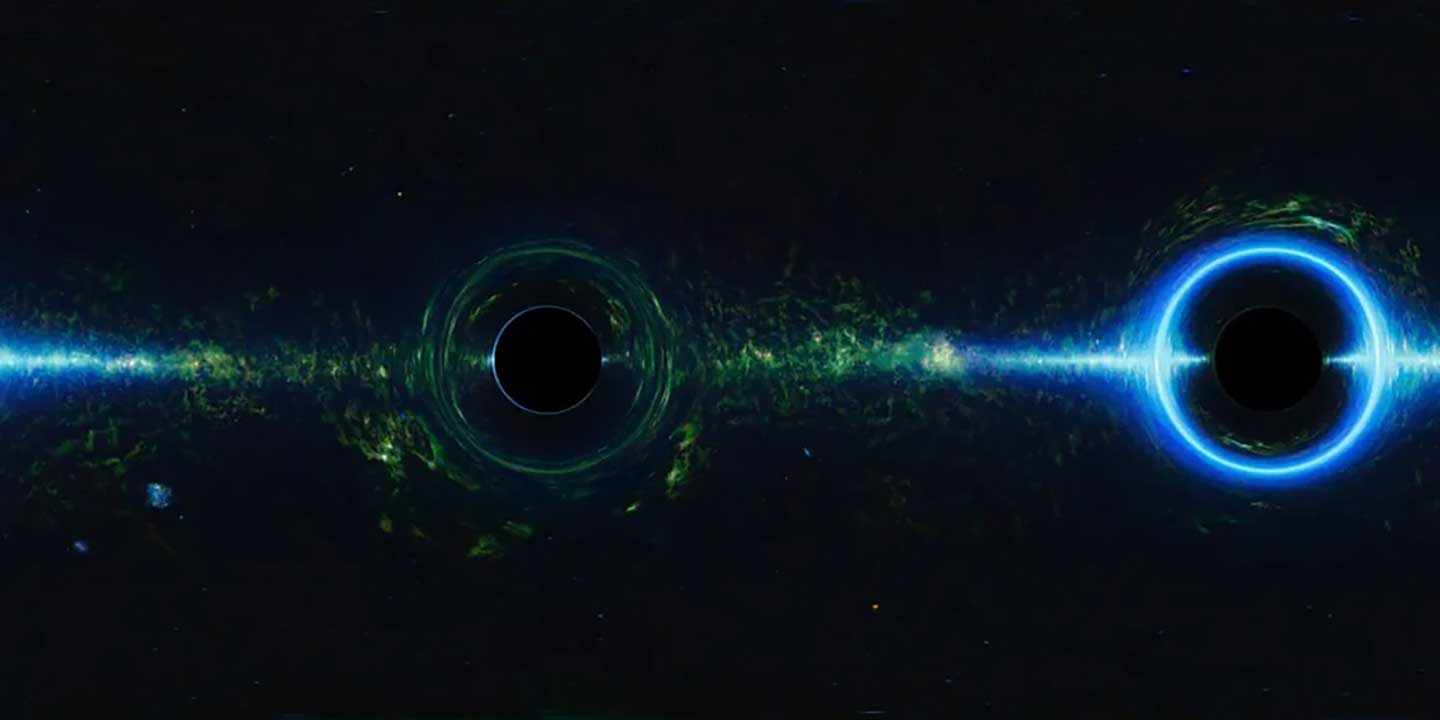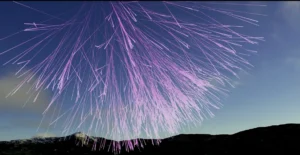The simplest type of black holes in our universe are the stellar black holes, which are formed at the end of the lifecycle of the massive and supermassive stars. If anyone wants to understand the lifecycle of the universe than its important to understand how stellar black holes are formed during the life cycle of massive star. In this article we will be exploring the life cycle of massive star which includes the process of supernova explosion which further leads to the formation of the stellar black holes.
The Life Cycle of a Massive Star
Stars are a huge ball of gas and dust which are formed in nebulae (a vast cloud of gas and dust). These stars begins to collapse due to their own gravitational force and condense to form protostars. As the protostars gains more mass, its core starts heating up due to its own gravitational force and gives birth to nuclear fusion, making its transition into main-sequence star.
1. Main-Sequence Stage
This is the very first stage of nuclear fusion at the core of the star just after its birth. During this stage there is the fusion of hydrogen into helium. The energy produced during this nuclear fusion at the core of the star creates a outward pressure which is balanced by the inward pull of star gravity, making the star stable. The main sequence stage lasts shorter of up to ten of millions of years as compared to billions of years for smaller stars like our sun.
2. Red Supergiant Stage
Once the core has a reduced amount of hydrogen, it starts contracting and heats up further. This leads to the outer layer to expand and reduce temperature. As the temperature of the outer layer gets reduced it becomes the red supergiant. In this stage the star starts fusing some of the heavier elements like helium into carbon oxygen, and eventually iron.
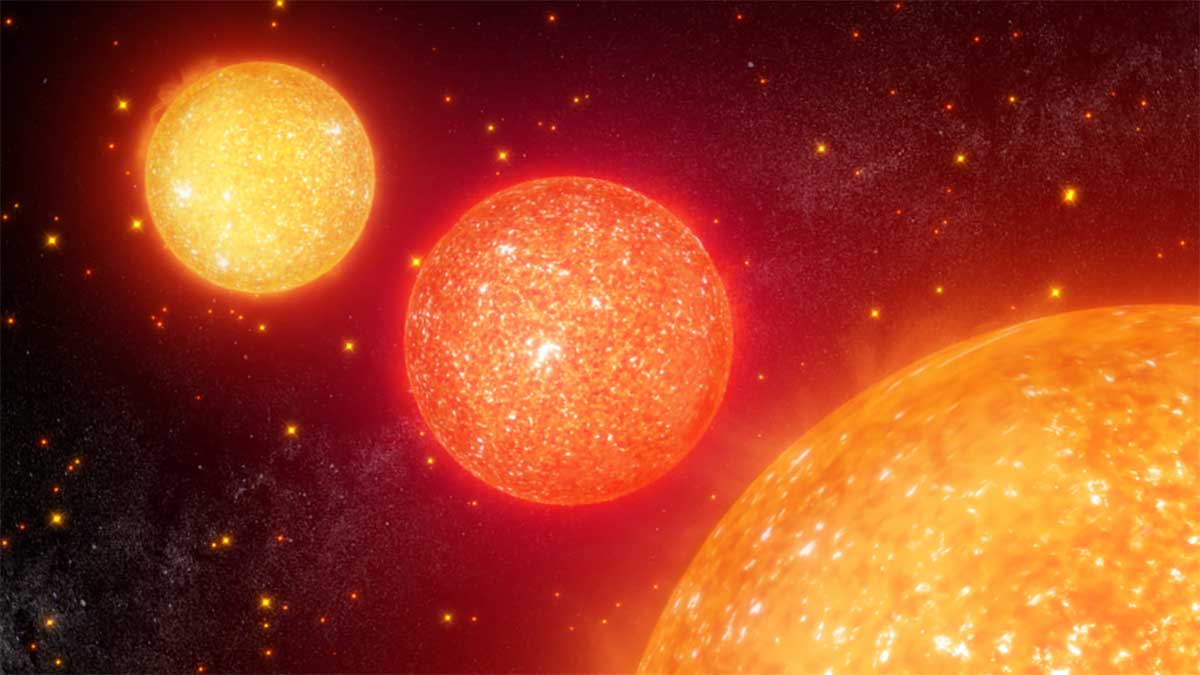
3. Fusion of Heavy Elements
The fusion process in the star continues and are distributed in layers around the core. The lighter elements fuses in the outer layers and heavier elements in the subsequent inner layers. The fusion of the iron in the core does not releases energy, but it actually consumes energy, which leads to an energy crisis in the stars core.
The Cataclysmic End: Supernova Explosion
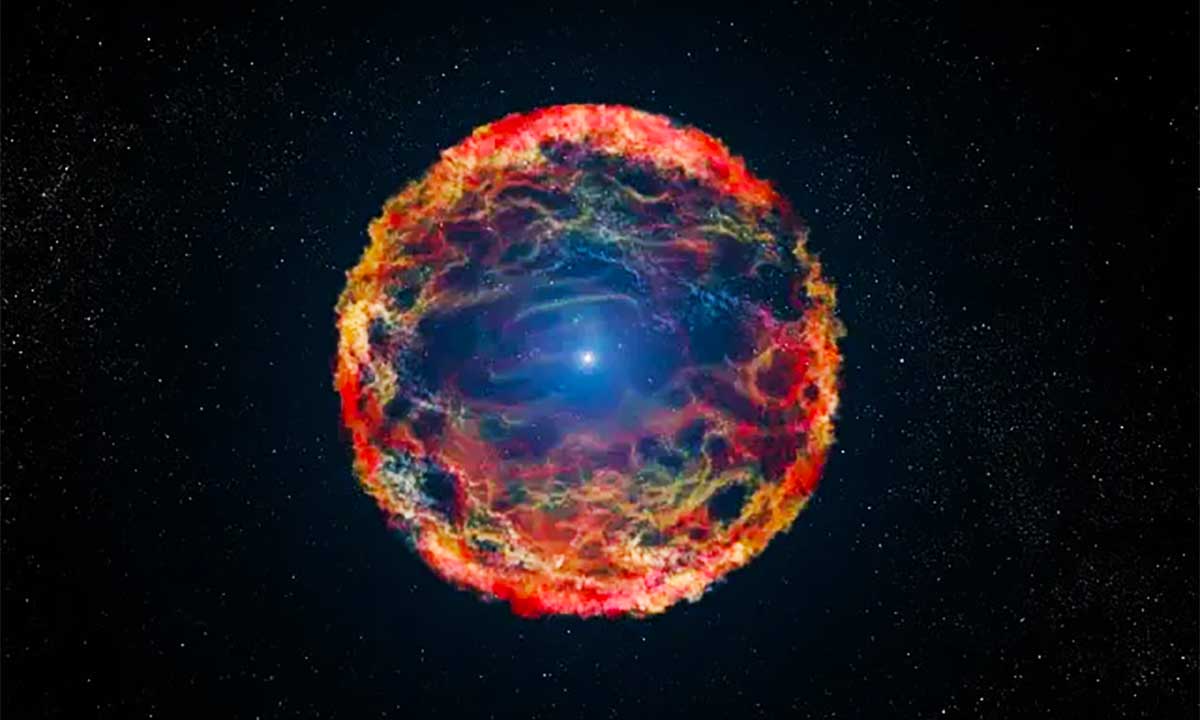
The fusion of heavy elements leads to having iron as the primary composition of core. It cannot further keep a sustaining nuclear fusion reaction to have an outward pressure to counter the gravitational pull. This is the stage of supernova explosion which is one of the most energetic events in the universe.
1. Core Collapse
Without the outward pressure from fusion, the core succumbs to gravity and collapses within seconds. The temperatures skyrocket to billions of degrees, and the core contracts to a very dense state.
2. Neutrino Burst
The collapse of the core produces an immense burst of neutrinos, subatomic particles that carry away a significant amount of energy. This burst is a critical component in the ensuing explosion.
3. Supernova Explosion
The collapse triggers a shockwave that propagates outward, causing the outer layers of the star to explode in a supernova. This explosion is incredibly bright, often outshining entire galaxies for a short period. It disperses heavy elements into space, contributing to the cosmic matter from which new stars and planets can form.
Formation of a Stellar Black Hole
The remnants of the core after the supernova explosion determine whether a neutron star or a black hole forms. If the core’s mass is above a certain threshold (around 2-3 times the mass of the Sun), it continues to collapse, forming a black hole.
1. Singularity
As the core collapses, it reaches a point where the density becomes infinite, and the gravitational pull becomes so strong that not even light can escape. This point is known as a singularity, the very heart of a black hole.
2. Event Horizon
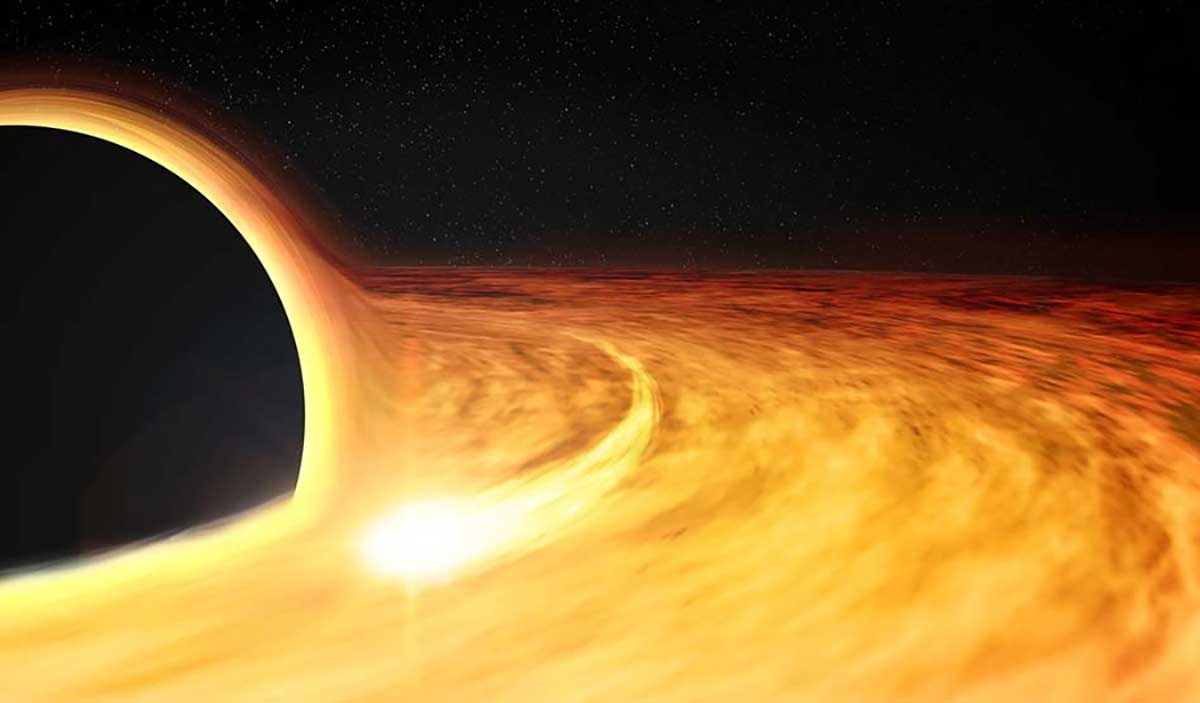
Surrounding the singularity is the event horizon, the boundary beyond which nothing can return. The radius of the event horizon is known as the Schwarzschild radius, which depends on the mass of the black hole.
3. Accretion Disk
Material from the surrounding space, including gas and dust, can form an accretion disk around the black hole. As this material spirals inwards, it heats up due to friction and emits X-rays and other forms of radiation, making the presence of a black hole detectable even though the black hole itself is invisible.
Read: Black Hole Visualization
Characteristics of Stellar Black Holes
Stellar black holes typically have masses between about 5 and 20 times that of the Sun. However, they can be as small as a few solar masses or as large as 100 solar masses, depending on the mass of the progenitor star and the dynamics of the supernova explosion.
1. Mass
The mass of a stellar black hole is directly related to the mass of the progenitor star and the efficiency of the supernova explosion in ejecting the outer layers of the star.
2. Spin
Black holes can spin at significant fractions of the speed of light. The spin rate is influenced by the angular momentum of the progenitor star and the dynamics of the material falling into the black hole during and after the supernova.
3. Hawking Radiation
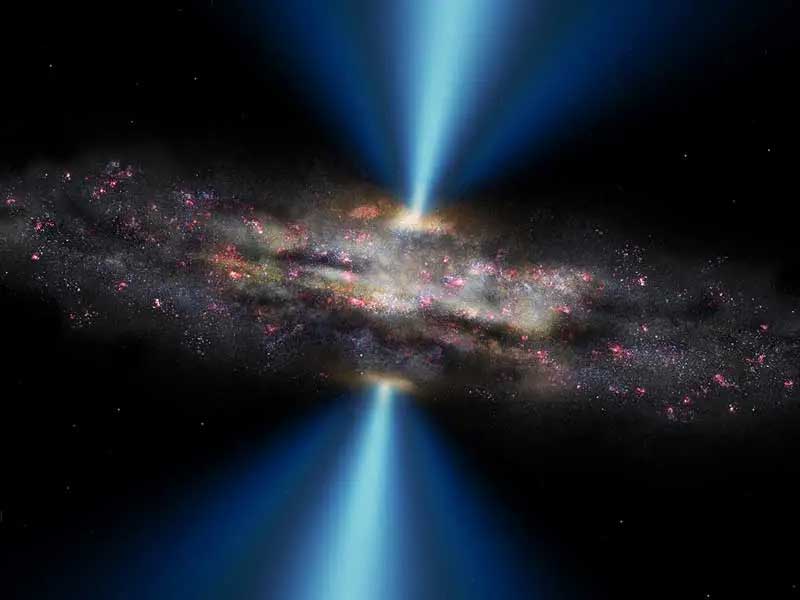
Although primarily a theoretical concept, black holes are believed to emit Hawking radiation due to quantum effects near the event horizon. This radiation causes black holes to lose mass over incredibly long timescales, but this process is negligible for stellar black holes within the current age of the universe.
Observing Stellar Black Holes
While black holes themselves do not emit light, their presence can be inferred through several observational methods:
1. X-ray Binaries
In binary star systems where one star is a black hole, material from the companion star can be pulled into the black hole, forming an accretion disk that emits X-rays. Observatories like NASA’s Chandra X-ray Observatory detect these X-rays, revealing the presence of a black hole.
2. Gravitational Lensing
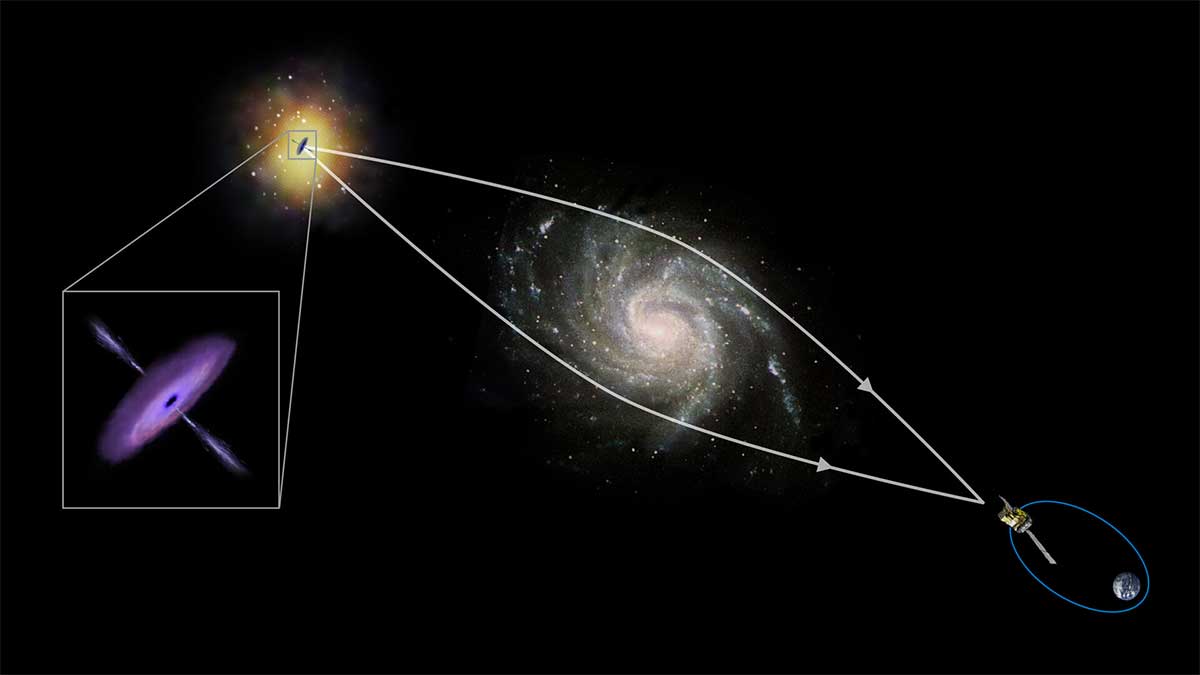
Black holes can bend light from objects behind them due to their intense gravitational fields. This effect, known as gravitational lensing, can be observed with telescopes, providing indirect evidence of black holes.
3. Gravitational Waves
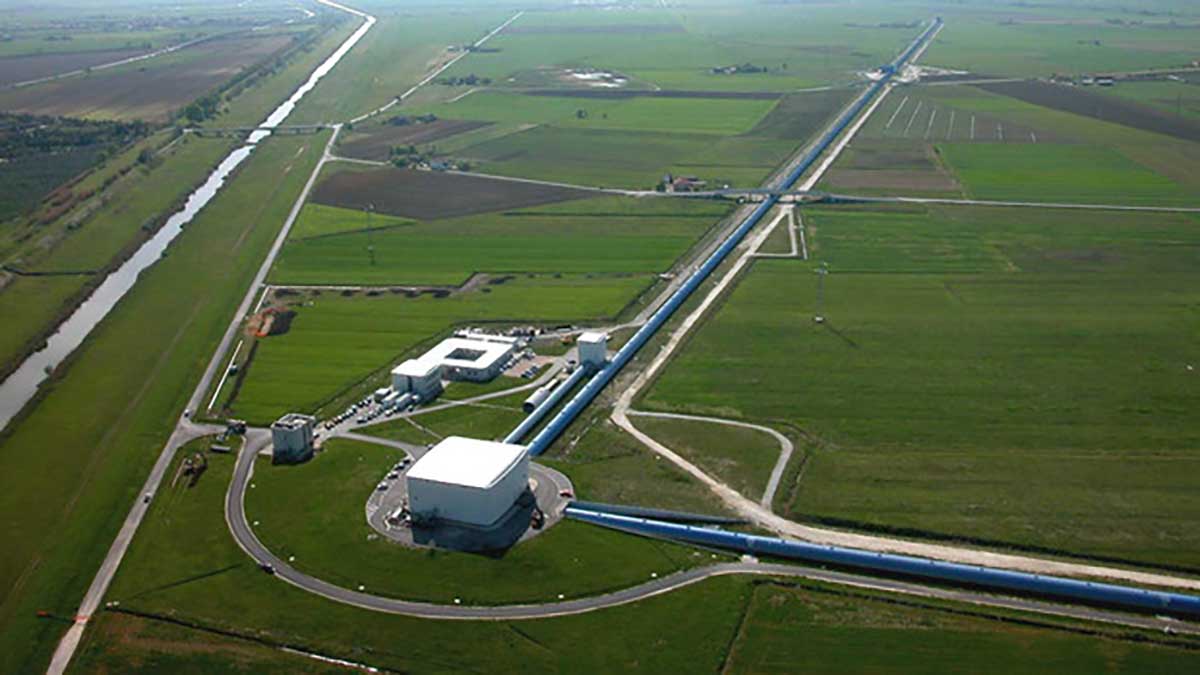
The collision and merging of stellar black holes produce gravitational waves—ripples in space-time that propagate outward. These waves have been detected by observatories like LIGO and Virgo, confirming the existence and properties of black holes.
The Importance of Stellar Black Holes in the Universe
Stellar black holes play a critical role in the dynamics of galaxies and the universe at large:
1. Galactic Evolution
Black holes influence the evolution of their host galaxies through their gravitational pull and energetic outflows. They can affect star formation rates and the distribution of gas within galaxies.
2. Cosmic Recycling
The supernova explosions that precede black hole formation distribute heavy elements throughout the galaxy. These elements are essential for the formation of new stars, planets, and potentially life.
3. Testing Ground for Physics
Black holes provide an extreme environment to test theories of gravity and quantum mechanics. They challenge our understanding of space, time, and the fundamental forces of nature.
Stellar black holes are not just remnants of dead stars; they are dynamic participants in the cosmic ballet, shaping the universe in profound ways. Through continued observation and study, we hope to unlock more secrets of these enigmatic objects and their roles in the cosmos.
References:
3. Wikipedia
4. ESA Hubble
